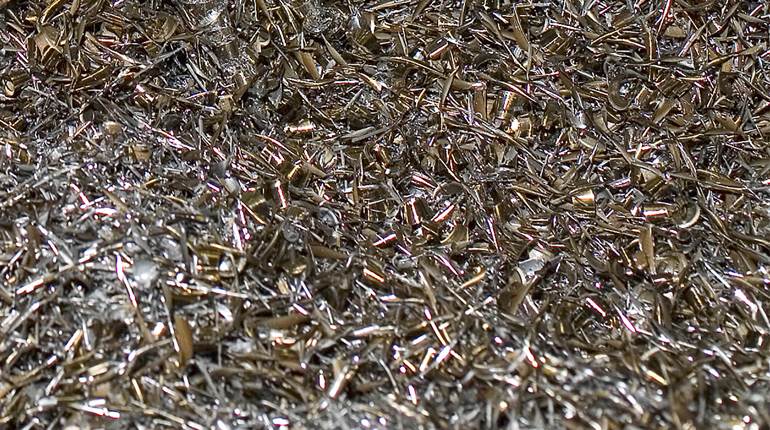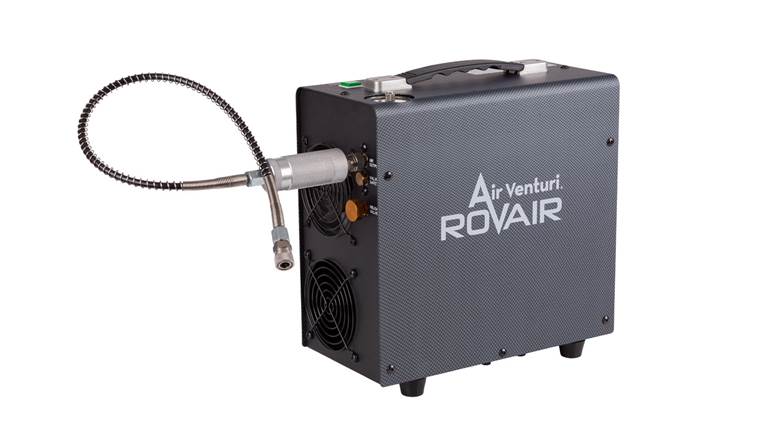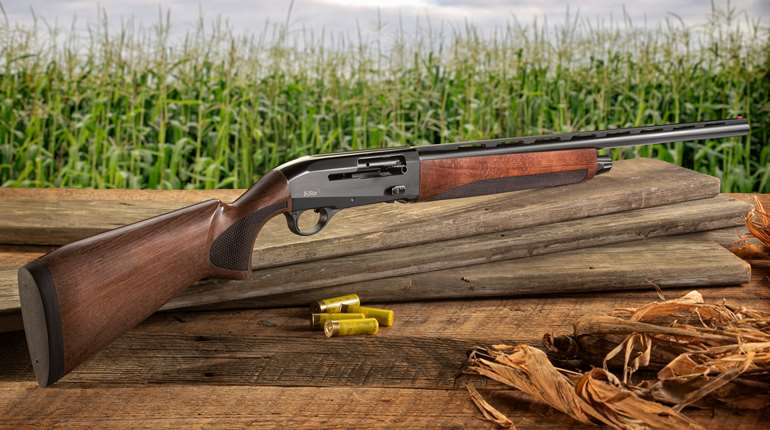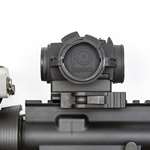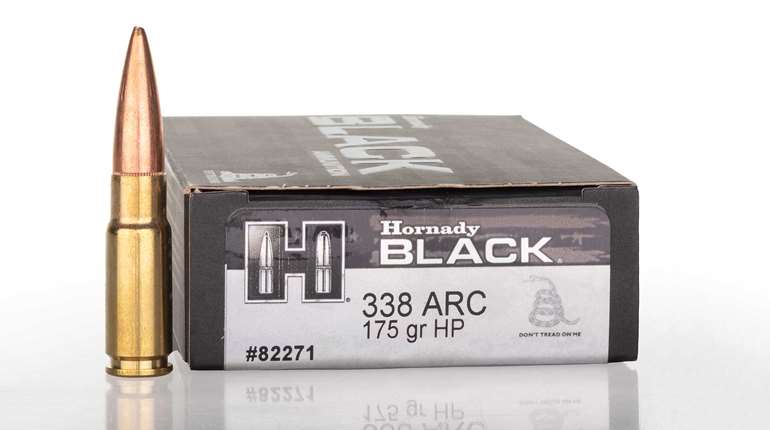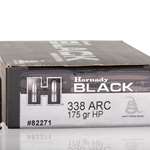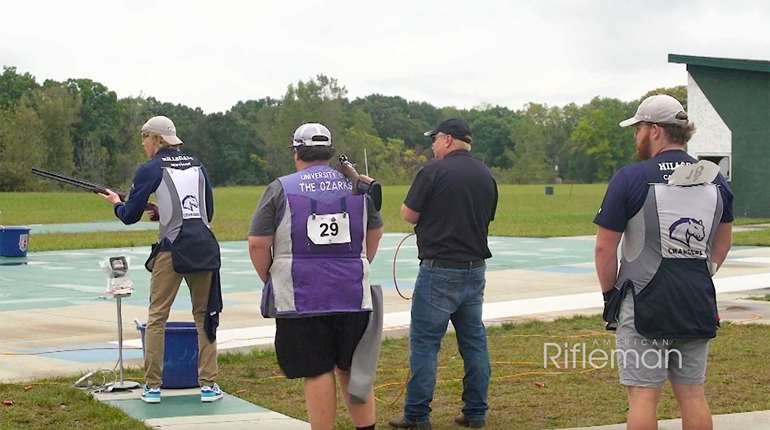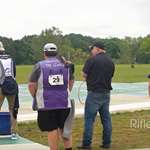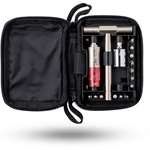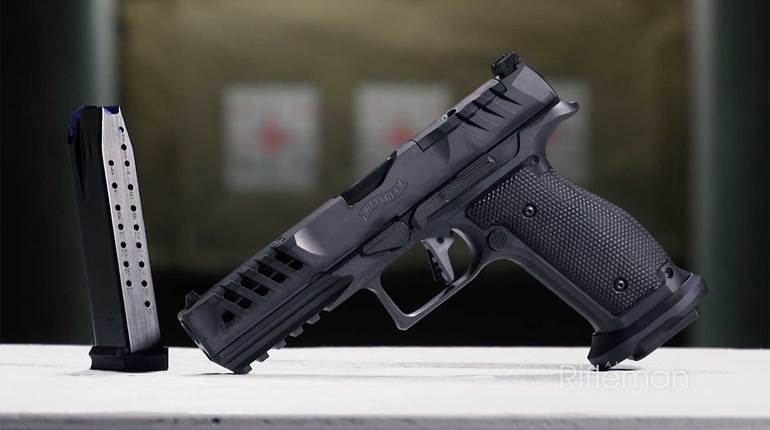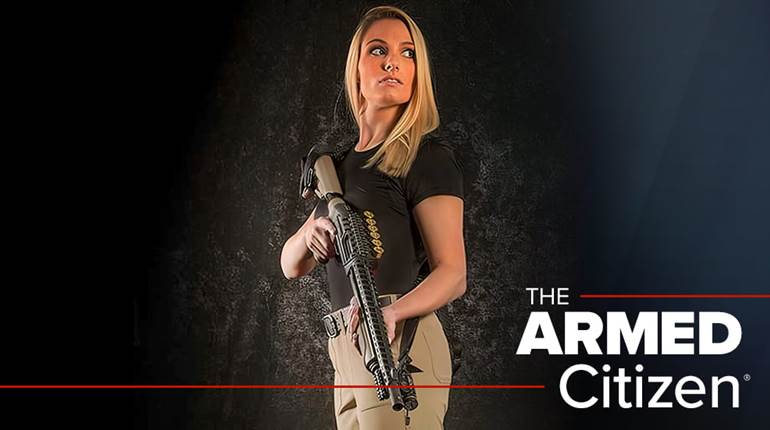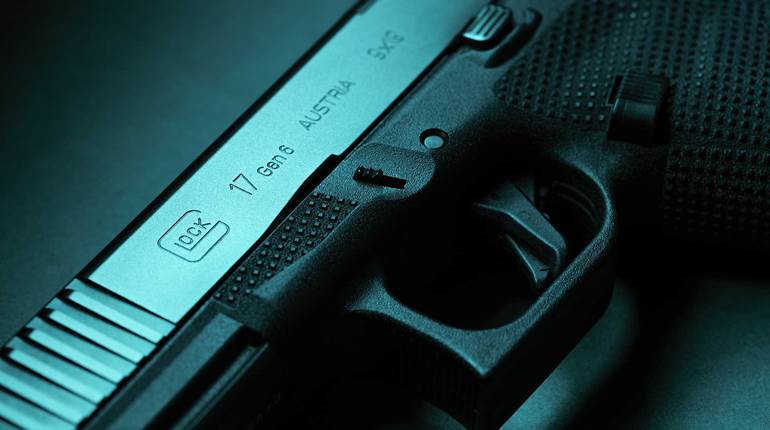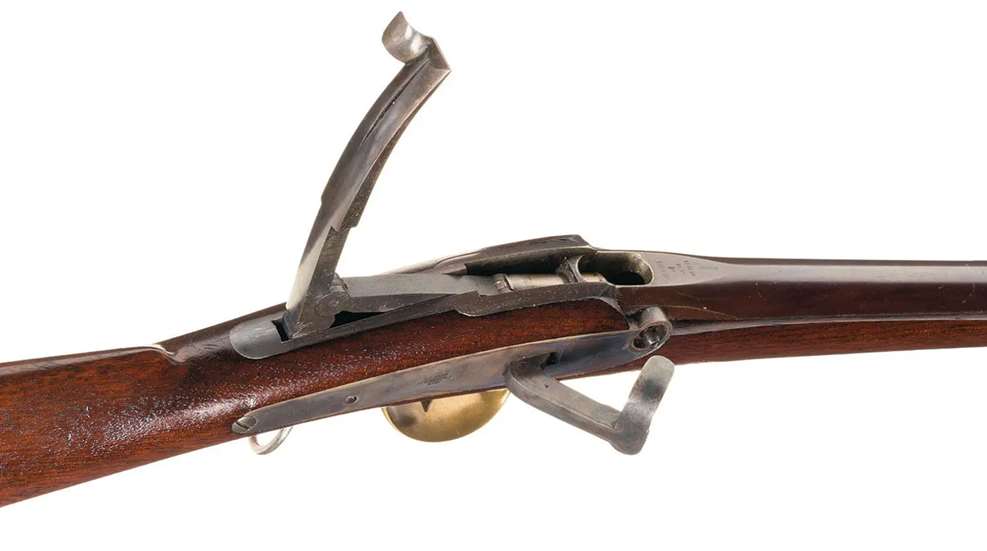
William Jenks did not create the breechloading gun. The concept had existed at least since 1537, when Henry VIII displayed a harquebus with a good breech mechanism that was somewhat similar to the later Snider-Enfield rifle. But both he and E. Remington & Sons did manufacture one of the first practical percussion-cap breechloading carbines.
Before entering the field of firearm design, William Jenks was working at the Saluda Textile Mills located in South Carolina as superintendent, and while in that position, he and Charles Beck, a primary investor in the textile firm, invented a cotton seed hulling machine in 1834. Four years later, the mechanically savvy Jenks received a patent for his breechloading rifle that he fashioned while at Saluda Mills. In April that same year, he gave a demonstration of his new breechloader to Pierce Butler, the governor of South Carolina. The particulars of the South Carolina demonstration were written in the Army and Navy Chronicle.
This publication was widely read by Army Ordnance, and wasting little time, the U.S. Army submitted an order for 100 of the .64-cal. breechloading smoothbore guns to be delivered by December 1838. The firearm was fitted with a 26-11/16" barrel. This was an odd length that made it neither a carbine nor a rifle, but somewhere in between. The guns were slated to be tested in field trials.
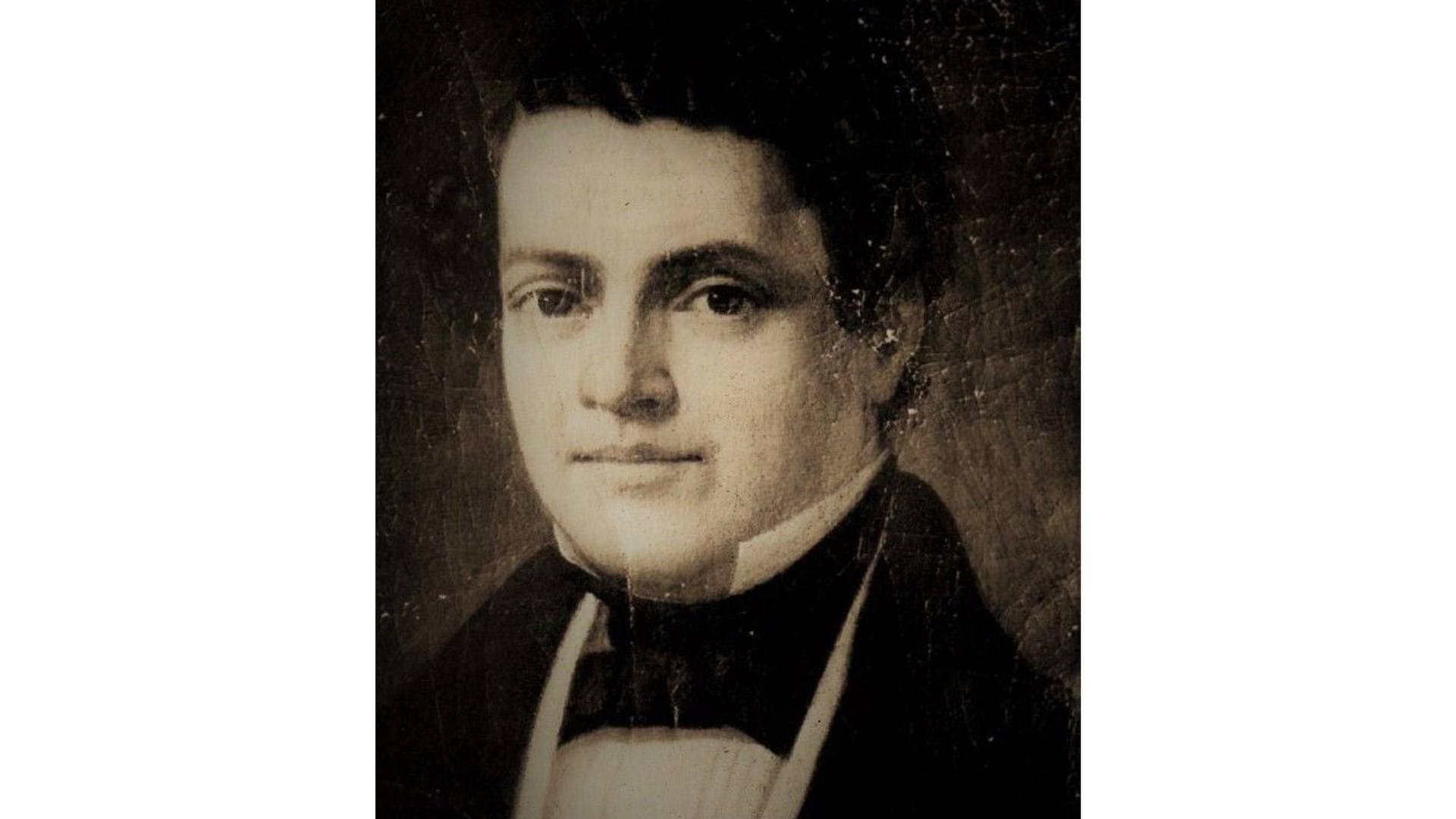
In 1837 and again in 1839, the board of Army officers met to examine experiments involving Jenks’ carbine. This experiment was to determine the depth to which lead balls would reach when fired into seasoned white oak. When the U.S. Army tested Jenks' breechloaders for depth of bullet penetration, it was found the power of Jenks' rifle far surpassed that of Hall’s breechloaders. The final report was exceedingly promising, and "the Board unhesitatingly recommend that Jenks’ carbine be introduced into the service of the United States." The board continued with the following: “We can add nothing to the forcible recommendation of the Board, derived from a thorough test of the weapon; but we can institute some comparisons, not embraced in the report, which will still further illustrate its utility, efficiency, and economy.”
Jenks' breechloader was deemed one of the most powerful arms of its age. But what made it so? Jenks produced his gun with an effective gas seal, making the gun far superior to most small arms of its day. For nearly 20 years, it was judged as possibly the best military gun in America. The breech mechanism consisted of a sliding bolt connected to hinged lever sitting along the top of the grip. When the lever was lifted, it drew the bolt back, allowing the projectile and powder to be inserted into the chamber. Throwing the lever forward again, the breech was locked and sealed so completely that it was the strongest point on the gun. Early on, the Jenks guns still made use of a flintlock priming mechanism, like all other guns of the age, but his design would soon transition to percussion.
When Jenks breechloaders came to market, breechloaders produced using John H. Hall’s patent had served the U.S. Army since 1819. The U.S. Army purchased thousands of these breechloading carbines, making it the only military force in the world at that time to arm its soldiers with Hall’s patent breechloaders. But Hall’s flintlock carbine had some issues; the firearm was heavy, and the crude breech mechanism was extremely weak, calling for blacksmiths to fasten wrought iron straps to the side of the gun to correct the issue.
Despite the U.S. Army's early adoption of the Hall breechloader, wide acceptance and approval of the Jenks breechloader was hard to come by. Ultimately, only the U.S. Navy and the Revenue Marine Service would put in more sizable orders for Jenks' design than the Army.
Of the 100 musketoons the Army purchased, 25 were issued each to 1st and 2nd Dragoons in 1840. The 2nd Dragoons returned their 25. Captain Sumner, of the 1st Dragoons at Carlisle Barracks, did complete field testing the musketoons, and in his opinion, they surpassed both the Hall or Colt Paterson carbines. But there was a constant bias of Army officers against any breechloaders. The Army secured no Jenks firearms past the original 100. These musketoons languished in storage. The U.S. Navy held no such prejudice against Jenks breechloaders and issued a number of contracts for the guns.
This first contract opened the door to future orders. With the contract awarded, Jenks needed a factory to produce his breechloading guns. This first gun manufactory to produce Jenks' guns was the Chicopee Falls Company, located in Springfield, Mass. That company made the guns for Jenks' first and only U.S. Army contract for his breechloaders. Chicopee Falls Company was also awarded a contract for the breechloaders by the Republic of Texas in June 1839. But following the financial panic of 1837, hope dimmed for more contracts and affected the company’s financial security, and the firearm’s manufacturer went belly-up.
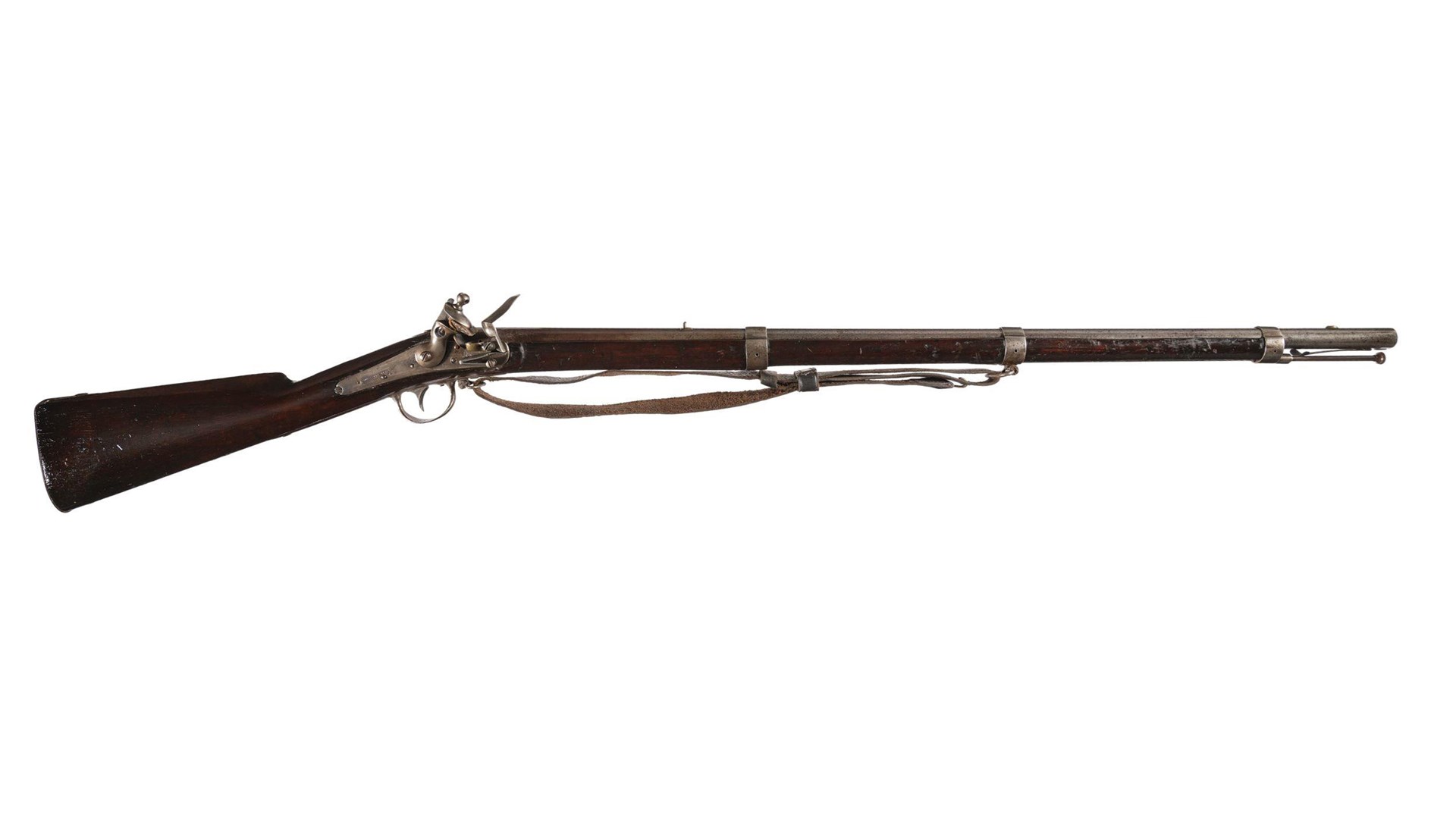
One of the last guns turned out by the Chicopee Falls Company and linked to William Jenks was not his breechloader. It was a muzzleloading rifle, one of the very small number crafted with percussion ignition. While solvent, the Chicopee Falls Company made this rifle and presented it to William Jenks in gratitude securing contracts for his patent breechloaders from both the U.S. Army and Republic of Texas. Outlined in detail in an American Society of Arms Collectors journal article, "An Outline of William Jenks And The Chicopee Falls Company Firearms," this .42-caliber muzzleloading rifle sports a part-octagon and part-round barrel. The rifle is 31" in length, with silver hardware. The rifle is complete with a brass-tipped wooden ramrod. The top of the barrel is nicely engraved with the inscription that reads “Jenks PATENT Columbia SC Chicopee Falls Compy Mass.” The Seal of South Carolina set on a silver medallion into the cheek of the stock. The buttplate displays an eagle exceptionally engraved above the globe. Iron and silver hardware are engraved also. This muzzleloading specimen was crafted by Cyrus B. Allen. His name can be found on the lockplate.
After the failure of the Chicopee Falls Company, Jenks was awarded an important contract for the U.S. Navy in 1841. To fill the Navy order, Jenks engaged Nathan P. Ames Manufacturing Company to produce his firearms. N.P. Ames Company was well known to the U.S. Army as a purveyor of swords and artillery pieces but had never produced guns. With Chicopee Falls Company folded, Edmund Dwight and James K. Mills, of N.P. Ames saw this as the right time to produce small arms for the military. Taking advantage to increase operations, they saw the Chicopee Falls ripe for picking and took over its facilities and machines. With its improved factory and additional machinery, N.P. Ames went on a manufacturing spree, filling four Navy contracts and turning out 5,200 Jenks patent arms for them. They also filled smaller contracts with the U.S. Army and the Revenue Marine Service for 200 firearms.
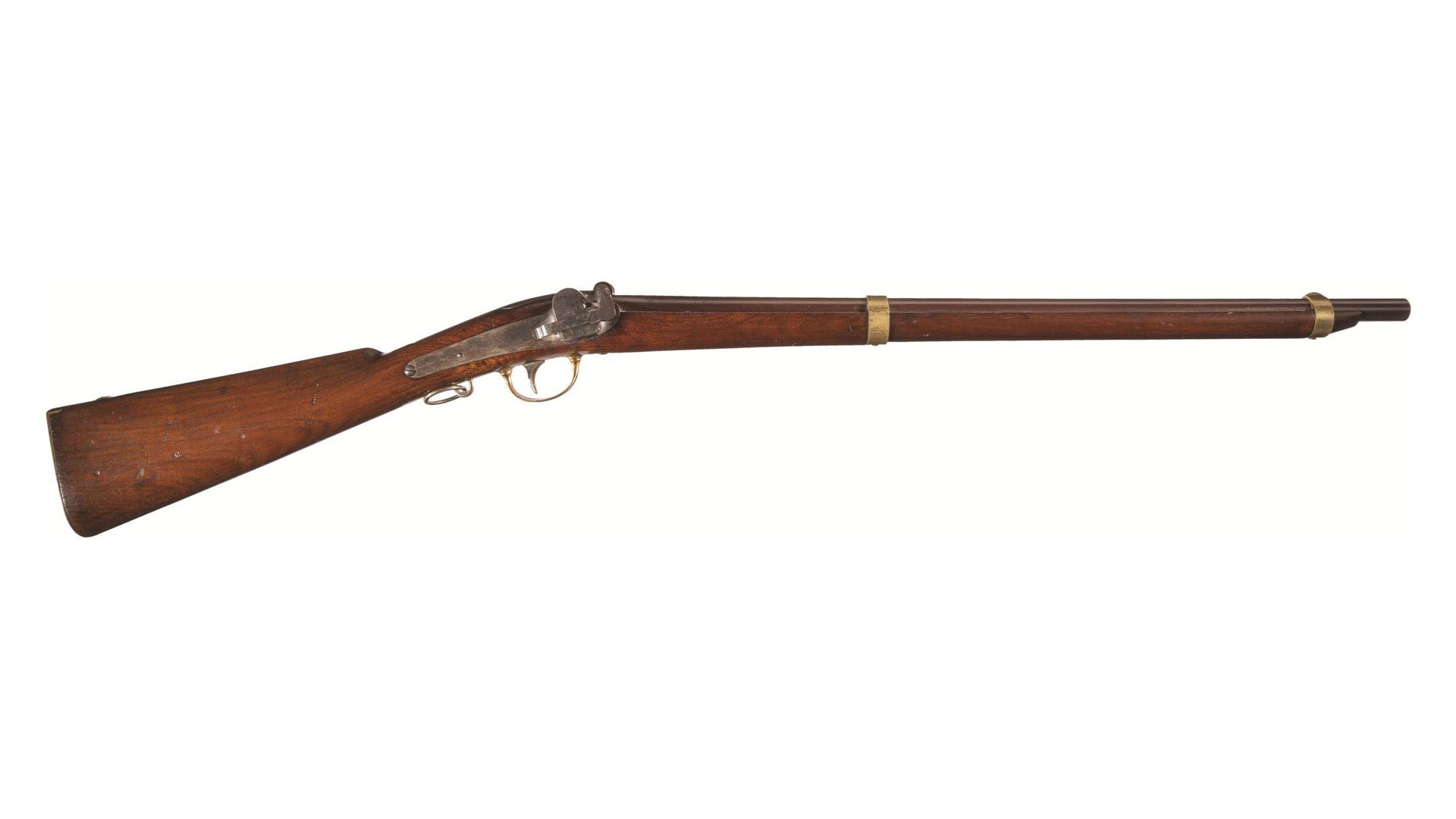
Between the years 1843 to 1846, 4,250 of the Jenks breechloading percussion carbines were manufactured by the N.P. Ames Company of Springfield, Mass., for the U.S. Navy. With the last of the 4,200 carbines completed, the U.S. Navy sought another contract for Jenks carbines but with improvements. This is where Remington stepped in and secured the entire Ames gun business that was also failing financially.
The Remington acquisition of the Ames company included finished firearms as well as those in various phases of completion, and the shop machinery, which E. Remington & Sons had shipped to its factory in the village of Herkimer located in New York. Also, as part of the deal, was the contract for the final 1,000 Jenks breechloaders, as well as the skills of William Jenks. The 1,000 Jenks breechloaders were needed to round off the total needed to complete the full order of 5,200 for the Navy.
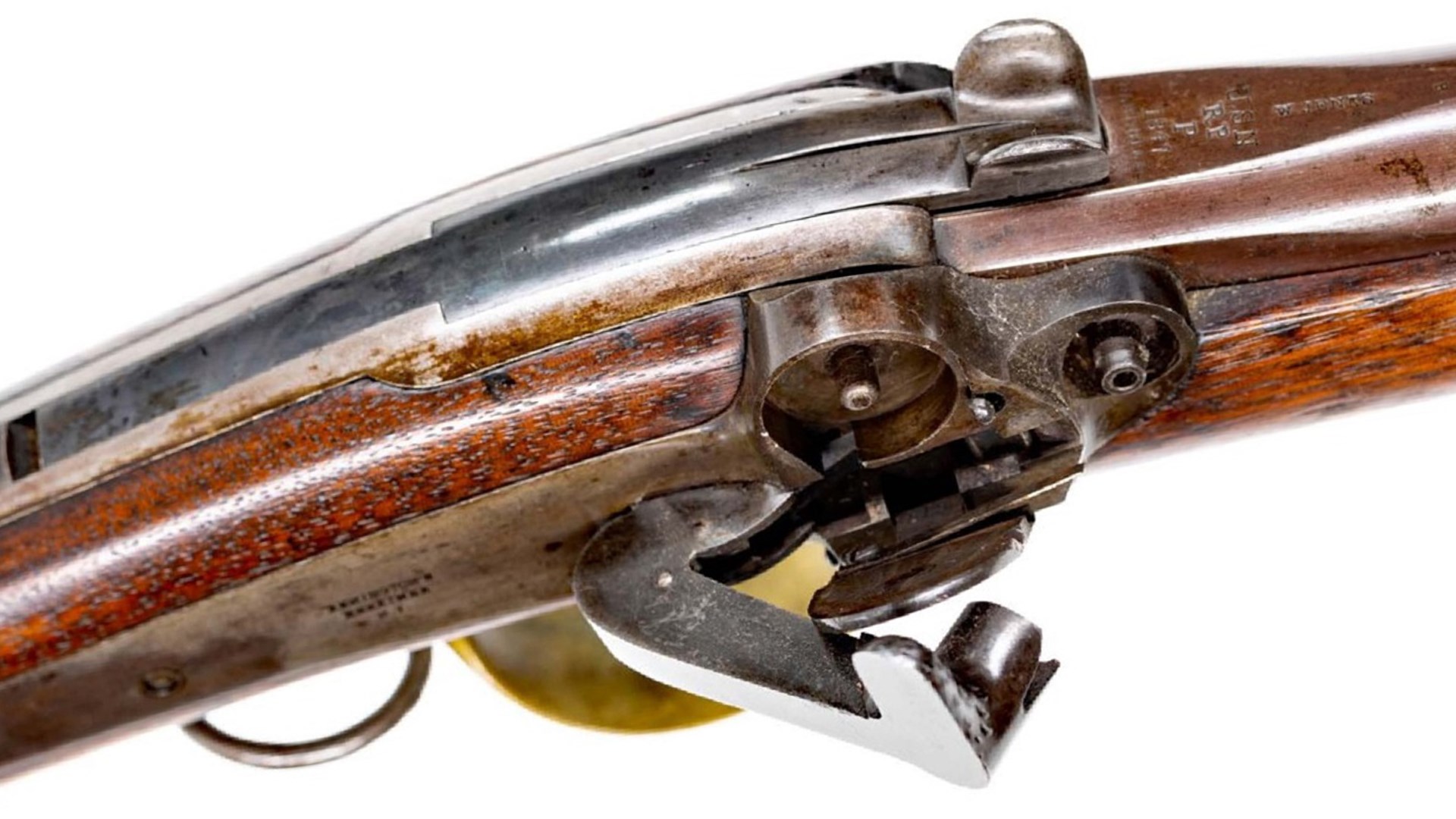
In 1847, E. Remington & Sons furnished the 1,000 “improved” Jenks carbines. These left the factory in two installments in 1847 and 1848. These guns carried the addition of “improved” due the addition of the automatic Maynard Patent Tape Priming system. This system works just as a 1950s toy cap pistol, with the caps positioned on a paper tape. This roll of tape was fed into a small pan with a hinged lid. As the roll was threaded over the nipple, the cutting edge of the hammer sliced off the tape. Once fired, another cap was in position ready for the gun to be fired again. This allowed for no lost time by having to fix a separate cap before firing. With Remington’s input, these Jenks were also improved with cast-steel, drilled barrels, making them the first unwelded steel barrels ever used by the U.S. military.
While still living in New York, with all gun orders completed, Jenks petitioned the U.S. Congress in 1849 for more contracts to purchase his firearms to arm the state militias. This came to naught. Without contracts to secure his breechloaders, Jenks and his family emigrated to Arlington, Va., in 1851, where he bought a farm and became the local postmaster. William Jenks’ career in supplying his breechloaders to the U.S. military was over.














